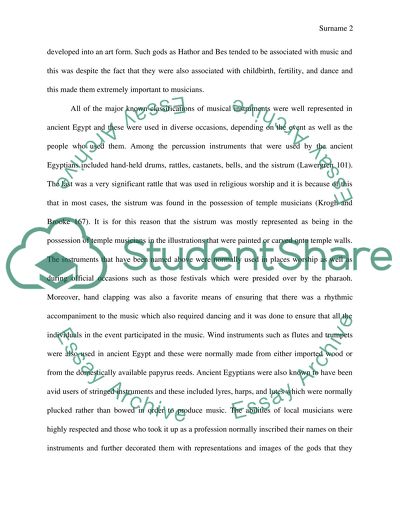Cite this document
(“Ancient egyptian music Research Paper Example | Topics and Well Written Essays - 1500 words”, n.d.)
Retrieved from https://studentshare.org/music/1641703-ancient-egyptian-music
Retrieved from https://studentshare.org/music/1641703-ancient-egyptian-music
(Ancient Egyptian Music Research Paper Example | Topics and Well Written Essays - 1500 Words)
https://studentshare.org/music/1641703-ancient-egyptian-music.
https://studentshare.org/music/1641703-ancient-egyptian-music.
“Ancient Egyptian Music Research Paper Example | Topics and Well Written Essays - 1500 Words”, n.d. https://studentshare.org/music/1641703-ancient-egyptian-music.


